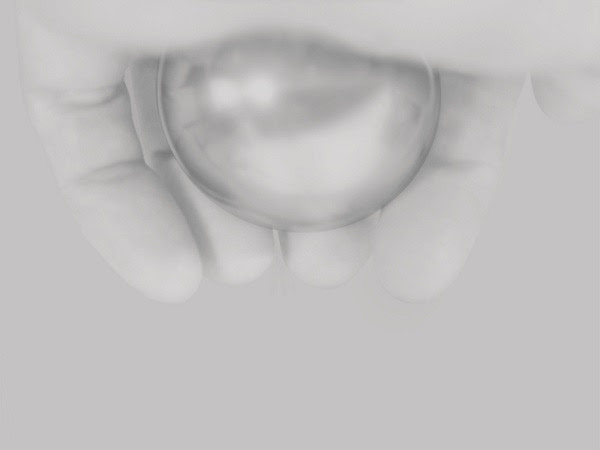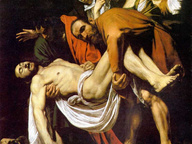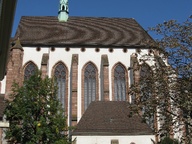Davide Balula. Iron Levels

Davide Balula, Irons Levels, 2017 | © Davide Balula / Gagosian
From 21 Settembre 2017 to 02 Dicembre 2017
Rome
Place: Gagosian Gallery
Address: Via Francesco Crispi 16
Times: Mar - Sab 10.30 - 19
Ticket price: Ingresso libero
Telefono per informazioni: +39 06 42086498
E-Mail info: roma@gagosian.com
Official site: http://https://www.gagosian.com
I am fascinated by tools and technology in general…I believe in the idea of an extended body. We know so little, we feel so much.
—Davide Balula
Gagosian is pleased to present “Iron Levels”, new works by Davide Balula. This is his first exhibition in Rome.
At once surreal, comical, and critically engaged, Balula’s works examine the intersection of philosophy, phenomenology, and physics. For the Rome gallery, he has created an experiential trajectory that responds directly and specifically to the architecture. On entering the exhibition, visitors pass through a sculptural metal detector. A ubiquitous instrument of search and verification, the metal detector makes private belongings into objects of suspicion or potential threat. Its purpose is to reveal the metal, non-bodily material we carry with us each day—keys, coins, cell phone—that which we habitually treat as extensions of the self. The metal detector functions as a portal, further separating the idealized space of the gallery from the world outside.
In the first room, the visitor is invited to pick up and handle a stainless-steel ball, which sits in a ball-holder sculpted from local limestone. The carved holder evokes the organic softness and curves of skin, and the rendition of flesh and muscle as expressed by Italian master sculptors. The ball and holder explore the gravitational balance between body and earth, an invitation to consider one’s weight, mass, and density. In Air Between Fingers (2014), a 1:47 long video shot on an iPhone, Balula's thumb and middle finger hover with a millimeter of space between each fingertip, occasionally touching as his control over the minute space slips, in a mesmerizing display of the forces of gravity, friction, and magnetism that act upon and within the body.
The second, oval-shaped room of the exhibition contains a new series of Balula’s Burnt Paintings, made for the sweeping curve of the room’s wall. The works in this series contain two binary elements, one frame holding the charred charcoal residue of burnt wood, and a second frame holding a canvas imprinted with the charcoal of the burnt wood. In groups of two, three, or four frames to a work, these “paintings” sit together in positive and negative relationship, much like that of photography or printmaking. The process of making charcoal is slow and steady, with a gradual increase and decrease of heat so that the wood is not turned into ash, but retains the potential to burn again; the Burnt Paintings thus consider the cyclical, almost alchemical, transfer of energy in nature, a phenomenon fundamental to Balula’s work.
Davide Balula was born in 1978 in Vila Dum Santo, Portugal and currently lives and works in New York and Paris. Collections include Collections include Centre Georges Pompidou, Paris; Fonds National d’Art Contemporain, Paris; Musée d'Art Contemporain du Val–de–Marne, Vitry–sur–Seine, France; Fonds Régional d’Art Contemporain Poitou–Charentes, France; and Fonds Régional d’Art Contemporain Provence–Alpes Côte d’Azur, France. Recent solo exhibitions include “Sirène du Mississipi,” Musée de l'Objet, Blois & Ecole des Beaux Arts de Châteauroux & Bourges, France (2007); “Endless Pace,” Museums Quartier Wien, Austria (2007); and “La main dans le texte,” Prix Marcel Duchamp, FIAC, Paris (2015). Balula will participate in the forthcoming Biennale de Lyon in September of this year.
From September 19 to 24, on the occasion of the 2017 European Heritage Days promoted by MiBACT, one of Balula's new sculptures will be on view at the Biblioteca Angelica in Rome, Europe’s oldest public library, founded in 1604. The sculpture will be shown alongside several precious editions from the library’s archive: Stefano degli Angeli’s Della gravità dell’aria, e fluidi, esercitata principalmente nelli lorohomogene, a mathematical treatise on gravity and matter from 1671; a rare 1638 edition of Galileo Galilei’s Discorsi e dimostrazioni matematiche; and Isaac Newton’s Philosophiæ Naturalis principia mathematica, in which the author describes his law of universal gravitation.
SCARICA IL COMUNICATO IN PDF
COMMENTI

-
 Dal 31 gennaio 2024 al 04 maggio 2025
Fermo | Palazzo dei Priori
Dal 31 gennaio 2024 al 04 maggio 2025
Fermo | Palazzo dei Priori
-
 Dal 20 dicembre 2024 al 04 maggio 2025
Fermo | Palazzo dei Priori
Dal 20 dicembre 2024 al 04 maggio 2025
Fermo | Palazzo dei Priori
-
 Dal 20 dicembre 2024 al 04 maggio 2024
Gorizia | Palazzo Attems Petzenstein
Dal 20 dicembre 2024 al 04 maggio 2024
Gorizia | Palazzo Attems Petzenstein
-
 Dal 18 dicembre 2024 al 18 dicembre 2024
Venezia | Museo Correr
Dal 18 dicembre 2024 al 18 dicembre 2024
Venezia | Museo Correr
-
 Dal 14 dicembre 2024 al 02 marzo 2025
Palermo | Palazzo Abatellis
Dal 14 dicembre 2024 al 02 marzo 2025
Palermo | Palazzo Abatellis
-
 Dal 12 dicembre 2024 al 23 febbraio 2025
Roma | Palazzo Altemps
Dal 12 dicembre 2024 al 23 febbraio 2025
Roma | Palazzo Altemps


